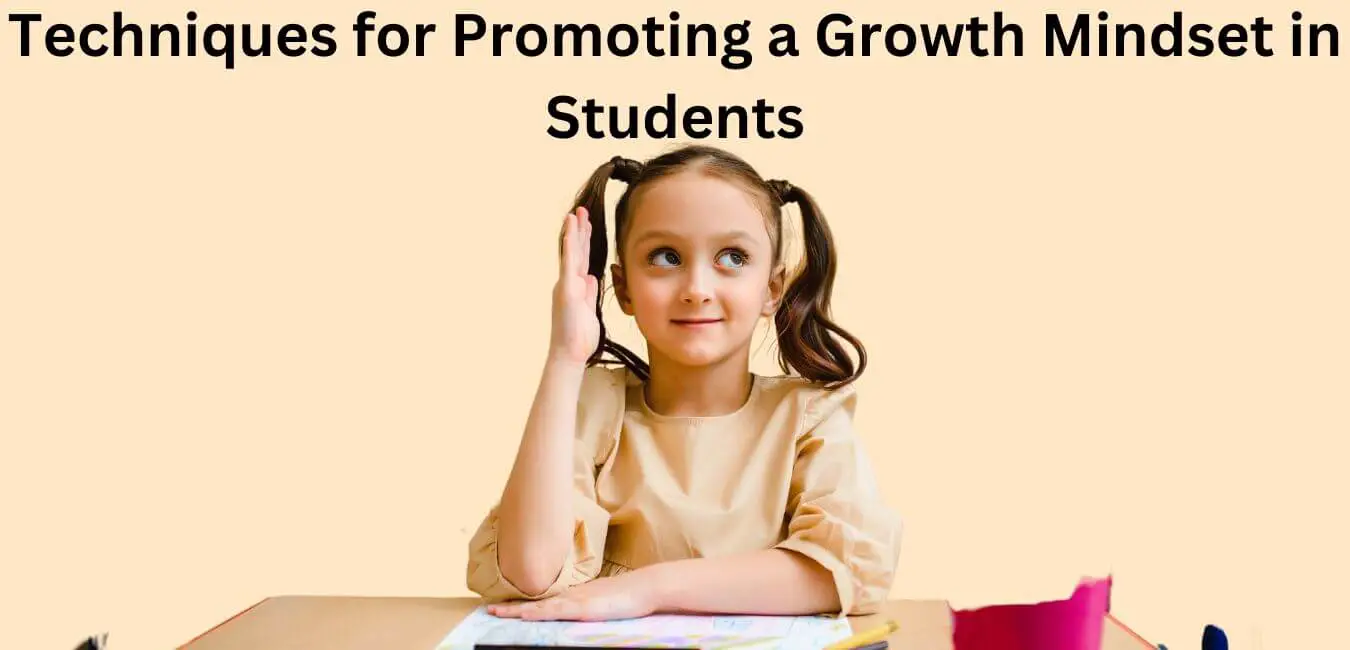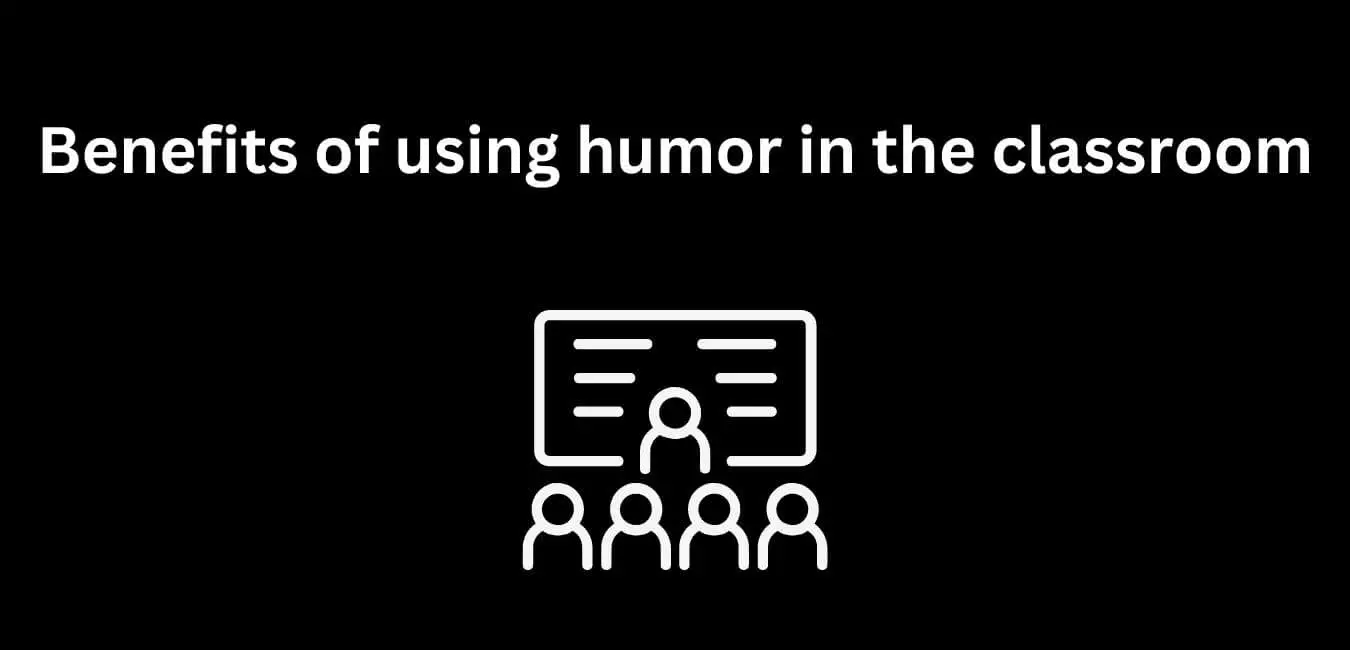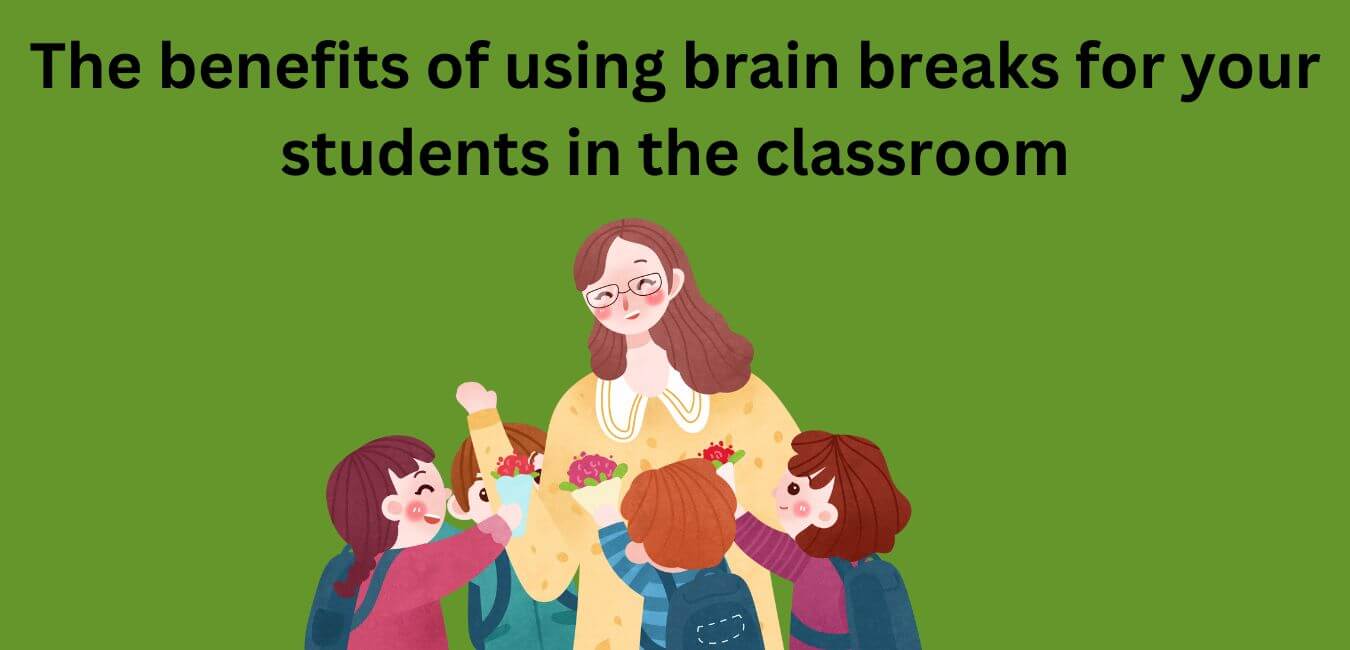Being a strict teacher in the classroom is no easy task. It requires having a clear set of rules and expectations and knowing how to enforce them in an appropriate and effective manner.
Strict teachers can be seen as intimidating or overly harsh by some students, but there are many benefits that come with adopting this teaching style.
In this blog post, we’ll discuss 15 reasons why becoming a strict teacher can benefit you and your students in the long run.
Why being a Strict Teacher can be Beneficial for You and Your Students?
Below are some of the benefits of being a strict teacher for teaching and learning in your classroom:
1. Set Clear Expectations
Being a strict teacher has many benefits for both students and teachers.
One of the most important aspects of being a strict teacher is setting clear expectations for students.
When expectations are laid out from the outset, it helps create an orderly classroom environment and reduces the chances of misbehavior.
It also allows students to understand what is expected of them and helps them stay motivated.
Moreover, it eliminates the need for constant reminders and punishments, making the teaching process easier.
Setting clear expectations also encourages students to take ownership of their learning and be responsible for their actions.
2. Maintain Consistency in Your Rules
Maintaining consistency in your rules is essential for creating a positive learning environment and for keeping students engaged and motivated.
Being consistent means that you do not change the rules as you go along, but rather stick to the same expectations for all of your students.
This helps create a sense of trust between yourself and your students, as they know that you won’t be changing the rules on them.
It also helps them to understand what is expected of them, which in turn leads to more respect and a better attitude towards the material being taught.
Consistency is key when it comes to being a strict teacher, as it shows that you mean what you say.
3. Give Consequences
Giving consequences is important for teaching students discipline and respect.
It is important to be firm, yet fair when handing out punishments.
For example, you can use a step-by-step system such as verbal warnings, time-outs, or the loss of privileges to discipline students.
Furthermore, make sure to be consistent with the way you give out consequences and follow through on your promises.
This will help students understand that there are consequences for their actions and that you mean business.
4. Be Respectful and Polite
As a strict teacher, it is essential to remember to be respectful and polite when dealing with your students.
A teacher who is rude or condescending will not be respected and can even do more harm than good.
Respectful behaviors such as using polite language, listening to students, and being positive when giving feedback can go a long way in building trust and rapport with your students.
Showing respect for students also encourages them to take their studies seriously and behave in a positive manner.
5. Create a Positive Learning Environment
Creating a positive learning environment is essential for successful teaching.
Strict teachers need to ensure that their students feel safe, respected, and valued in their classroom.
This can be done by setting clear and consistent expectations, being respectful and polite, recognizing and rewarding achievements, and being understanding and patient.
Furthermore, strict teachers should create an open forum for discussion and encourage self-discipline by setting an example.
By cultivating positive student-teacher relationships and knowing their students well, strict teachers can foster a positive learning environment that will help their students reach their potential.
6. Encourage Good Behavior
As a strict teacher, it is important to set clear expectations and rules in the classroom.
But while it’s important to be firm, it’s also important to create an environment that encourages students to do their best.
By encouraging good behavior in the classroom, you will be able to foster an atmosphere of respect and cooperation.
Instead of relying on punishment for bad behavior, focus on rewarding good behavior.
Praise students when they do something right and recognize their achievements.
Showing recognition will help to create a positive learning environment and increase motivation in the classroom.
7. Recognize and Reward Achievements
In addition to recognizing and rewarding good behavior, it is important to recognize and reward achievements.
Achieving success in the classroom is an important part of a student’s learning experience, and when a teacher takes the time to recognize and reward their hard work, it can go a long way in motivating them to continue striving for excellence.
Taking the time to acknowledge and reward a student’s positive efforts and accomplishments can create a sense of accomplishment and pride in their work, which can be a powerful motivator for continued success.
8. Be Understanding and Patient
As a strict teacher, it is also essential to be understanding and patient with your students.
Having strict rules is one thing, but being able to listen to your students’ concerns and act on them is another.
Being understanding does not necessarily mean that you have to give in to all of your students’ demands, but it does mean that you are willing to listen to their concerns and try to come up with a solution that works for both you and your students.
Making sure that you are understanding and patient will help your students feel more comfortable coming to you with any issues they may have.
9. Be Fair and Impartial
No matter how strict we are as teachers, it is essential that we remain fair and impartial.
We must be sure to treat each student the same, regardless of their background or personal beliefs.
We must also be sure to listen to each individual student’s perspective and consider all sides of an argument before making any decisions.
By being fair and impartial in our teaching, we show our students that we respect them and value their ideas, opinions, and beliefs.
Moreover, it helps create an atmosphere of trust between us and our students, which can result in better classroom behavior and improved learning outcomes for everyone.
10. Create an Open Forum for Discussion
Creating an open forum for discussion is essential for a successful classroom.
It allows students to express their thoughts and feelings, receive feedback from their teacher, and learn from one another.
This type of dialogue helps to build trust between teachers and students, as well as foster an environment of mutual respect.
It also encourages students to think critically and form their own opinions.
By creating an open forum for discussion, teachers can help their students understand the material better, engage with it in meaningful ways, and become more self-sufficient learners.
11. Encourage Self-Discipline
Being a strict teacher can help students develop self-discipline in the classroom.
By setting clear and consistent expectations, students learn to take responsibility for their own actions and understand that there are consequences for misbehavior.
Additionally, it is important to reward good behavior and recognize achievements, which helps foster a positive learning environment.
This encourages students to take ownership of their own learning and motivate themselves to reach their full potential.
12. Keep Your Cool
It is very important to maintain your cool and remain calm as a teacher.
It can be difficult not to become frustrated when dealing with students who do not adhere to the rules and expectations, but it is essential in order to keep order in the classroom.
Your attitude and demeanor influence the behavior of students.
When you remain calm and collected, it sets a positive example for the students and helps them understand that their behavior should be the same.
Keeping your cool also allows you to think more clearly when dealing with difficult situations, and react in an appropriate manner.
13. Be Flexible
Being a strict teacher doesn’t mean you have to be inflexible. In fact, flexibility is a key trait for any successful teacher.
As a strict teacher, you need to be able to adjust your expectations, rules, and consequences as needed.
You should also be open to considering different approaches and ideas from your students.
Being flexible doesn’t mean that you aren’t being strict; it just means that you are willing to consider alternate solutions and ideas.
By being flexible, you can create an environment where students feel safe and comfortable enough to learn while still adhering to the expectations and rules that you have set.
14. Know Your Students Well
It is important for teachers to know their students well in order to be effective teachers.
Knowing your students means that you have the ability to recognize their individual backgrounds, personalities, and interests.
Understanding these aspects of your students will allow you to create a learning environment that is tailored to each student’s needs.
This can also help teachers understand why a student may be struggling or excelling in a particular subject area, as well as provide insight into how best to approach a particular student.
In addition, getting to know your students can help build positive relationships between teacher and student, which is essential for creating an effective learning environment.
15. Cultivate Positive Student-Teacher Relationships
Cultivating positive student-teacher relationships is one of the most important aspects of being a strict teacher.
It is important to create an environment where students feel safe and respected and where their opinions and ideas are valued.
This allows students to open up and trust their teacher.
When a teacher is able to build strong relationships with their students, they are more likely to be successful in teaching them.
It also encourages students to listen and learn, as they have an invested interest in what’s being taught.
Strict teachers who create a positive learning environment will have better results in the classroom and better student outcomes.
Reasons why you should not be too strict as a teacher
1. Strictness will often shut down student engagement. When a teacher is too strict, it can be intimidating and cause students to be less likely to ask questions or participate in classroom activities.
2. Being too strict can create an environment of fear and mistrust in the classroom. If a teacher is constantly being hard on students and enforcing rules without explanation, it can lead to students feeling like their teacher doesn’t trust them or care about them.
3. Strictness can lead to resentment from students. If a teacher is too hard on students and expects them to do things without providing clear explanations, it can lead to students resenting the teacher and feeling like they are being treated unfairly.
4. Strictness can be counterproductive when it comes to discipline. If a teacher is too strict and doesn’t provide clear guidance or explanation for why certain behaviors are unacceptable, it can lead to students not understanding why they are being disciplined and not learning the right lessons.
5. Being too strict can make it difficult for students to learn. If a teacher is too strict and focused on rules and expectations, it can be difficult for students to focus on the material they should be learning.
Finding a Balance
As a teacher, you may be wondering if you should be strict in your classroom. It’s an important question, and it’s important to find the right balance between strictness and kindness.
Here are some tips to help you decide what’s best for your classroom:
1. Acknowledge your students’ potential. A warm teacher acknowledges each student’s value and potential. Showing your students that you believe in them will help them feel more comfortable and confident in your classroom.
2. Be firm but fair. Being strict doesn’t mean you can’t be kind to students. A good teacher needs to be firm but fair. Let your students know that you expect them to take responsibility for their part of the learning process, but be understanding if they stumble along the way.
3. Use progressive discipline. I encourage the younger teachers I mentor to use progressive discipline in their classrooms. Small offenses should warrant teacher conversations or detentions, while bigger offenses may require suspension or other more serious disciplinary actions.
Conclusion
I hope this article has helped you understand why being a strict teacher is important for your students. If you’ve ever been in a classroom where discipline was lacking, then you understand how challenging it can be.
















